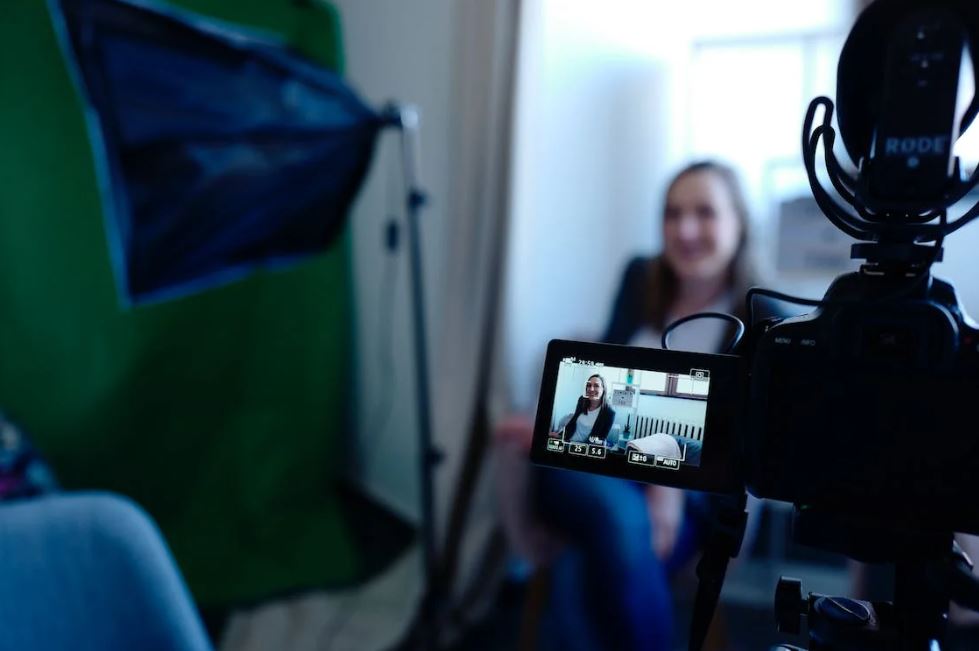Since the birth of the internet, online marketing has been an integral part of businesses both large and small. Since most people use the internet every day, connecting with consumers on the platforms, sites, and services they constantly visit has become a critical part of every company’s marketing strategy.
There are plenty of different forms of marketing: pay-per-click (PPC), email, social media, and affiliate. But one of the most powerful forms of digital marketing, whose influence has only grown over recent years, is video advertising.
Video ads have a number of advantages over other types of online marketing tactics. In this article, we’ll show you exactly why this immersive form of marketing is a force to be reckoned with.
What is Video Marketing?
Video marketing is the use of video content to promote a brand or product. This can be done by creating videos that are uploaded to social media sites, hosting videos on a company website, or even using video advertising platforms to deliver ads to consumers.
There are a few different ways that businesses can employ video marketing in their marketing mix:
1. Video Advertising
Connected TV, programmatic video, pre-roll and mid-roll ads, in-banner video, social media campaigns, etc., are some of the best ways to connect with consumers. They’re also the best options when it comes to targeting—you can target by age, gender, interests, location, and more.
Because CTV platforms (e.g., Roku, Apple TV, etc.) can accurately determine users’ interests, age groups, and types of programming they watch, using video ads on these platforms can be highly effective.
A few video advertising examples include:
- Pre-roll ads: These are short videos that appear before a video clip or commercial, such as before a YouTube video or Hulu show.
- In-banner video: These videos appear within a web page, typically played when someone scrolls over the banner or ad space.
- Mid-roll ads: These are longer ads—usually 15 to 30 seconds in length—that appear in the middle of a stream or programming.
2. User-Generated Content (UGC)
User-generated content (UGC) is an emerging form of advertising, thanks largely in part to TikTok. This form of marketing is when individuals create videos about a product or brand, often in exchange for free products, discounts, or money.
This type of video marketing has become increasingly popular in recent years as it can be cost-effective, authentic, and engaging. Plus, thanks to platforms like TikTok, brands now have access to millions of potential creators.
A few things that make UGC so valuable include:
Organic reach: UGC has the potential to reach millions of people through sharing and other forms of organic placement.
Authenticity: People trust content created by other individuals more than traditional advertising, making it easier to build relationships with consumers.
Engagement: UGC can be very engaging when done correctly, encouraging viewers to interact with the brand or product.
3. Explainer Videos
Explainer videos are short videos that explain a concept, product, or service. These videos can be used to inform viewers about a brand, product, or service while also creating an emotional connection with them.
Explainer videos are incredibly versatile—they can be used to introduce new products and services, explain how something works, or even address frequently asked questions (FAQs). This is especially important in the software space, where complicated concepts need to be explained in a simple, visual way.
They’re also great for SEO purposes. When they are strategically optimized, they have the potential to help landing pages and related blog posts rank high in search engine results.
Plus, explainer videos tend to be more engaging and memorable than traditional forms of advertising. They can also help reduce customer service costs by providing customers with answers to their questions quickly and easily.
4. Social Media Campaigns
Social media video campaigns are another great way to reach potential customers through video ads. Companies can create clips that run on the platform’s native feed or in Stories, as well as take advantage of Instagram Reels and TikTok for more creative content. Many companies also use influencer marketing campaigns to engage viewers and have their ads seen by more people.
These campaigns are incredibly effective, especially when it comes to targeting—social media platforms make it easy to target users based on age, location, interests, and other factors. Social media video ads also tend to be more engaging than traditional forms of advertising, as they can be customized for a platform’s unique features and format.
5. Paid Partnerships
Paid partnerships are a great way to increase brand visibility and build relationships with influencers, who can then help spread the word about a product or service.
These partnerships involve partnering with someone who has an established audience or follower base—usually celebrities, athletes, or social media influencers—and having them create content that promotes a product or service. These videos can be used to reach an influencer’s audience and create organic buzz around the product or service.
Paid partnerships are also great for increasing brand visibility and credibility, as potential customers will trust a product or service more if it has been endorsed by someone they know and respect.
Final Thoughts
Video ads are the future of online marketing. They provide an effective way to reach customers, build relationships with them, and increase brand visibility. Companies should take advantage of these different strategies to maximize their success in digital advertising. With the right approach, video advertising can be a powerful tool for any business.

